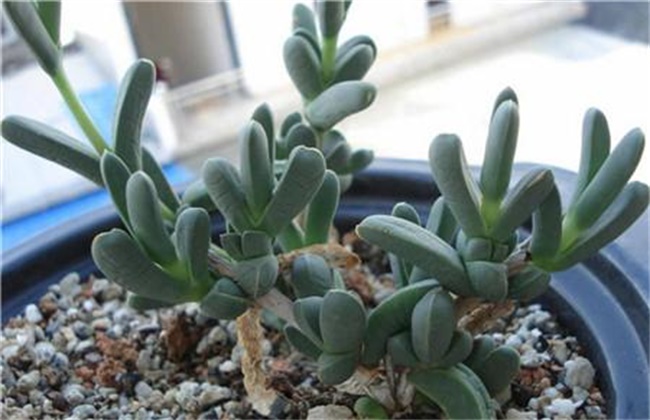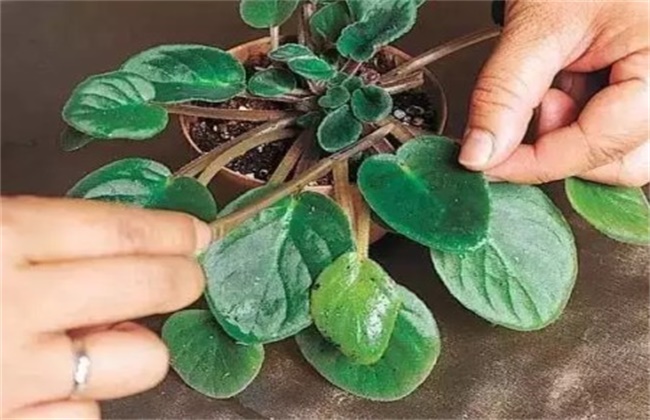The reason and solution of overgrowth of Begonia angustifolia
Begonia is a highly ornamental succulent plant, native to South Africa, its leaves are opposite, the leaf color is pink-green, and it can be seen to have white or pink flowers in winter, which is very beautiful. But many of them grow in vain due to improper maintenance, so what should be done about the overgrowth of Begonia with antlers? Let's get to know each other with the editor.

First, the reasons for the overgrowth of Begonia with antlers.
1. Overwatering
Most succulent plants are more resistant to drought and afraid of waterlogging, and many novices do not understand these when they breed. When they see the soil is dry, they immediately water it with a little less water, but this is extremely bad for staghorn begonia. Too much watering is that the roots absorb water and quickly transport it to the leaves, promoting the continuous elongation of the leaves, thus forming a long period of time.
2. Lack of light
Staghorn Begonia likes the environment with plenty of light. When growing, you must keep the environment full of light. You can put it on the balcony or window. If there is enough fat and water, it will grow very fast. However, if it is placed in a dark environment for a long time, it will continue to elongate and grow in vain because of the lack of light.
II. Solutions
1. Rational watering
Too much watering will cause the staghorn crabapple to grow in vain, so we must be scientific and reasonable in watering, and achieve the principle of no dry, no watering and thorough watering. Once it is found that the staghorn begonia has the symptom of overgrowth, stop watering immediately, so that the overgrowth will be alleviated. If it is the rainy season to fill the basin soil with water, it is necessary to drain and reduce the stains in time. In addition to watering, the high temperature in summer can also be sprayed to improve air humidity.
2. Beheading
After the staghorn begonia grows, the originally good-looking plant type will become very ugly, but its reproductive ability is so strong that it can be decapitated and re-cut after it grows. Cut the top off, wait for the wound to dry, re-cut it, and soon harvest another pot.
3. Reasonable lighting
In normal maintenance, we should pay attention to give sufficient light, especially in spring, autumn and winter, when its growth is critical, lack of light will seriously affect its growth, if the light is limited, fertilizer and water can be properly controlled to restrain its overgrowth.
The above is the introduction of the reasons for the overgrowth of Begonia and its solutions. I hope I can help you. If you want to know more about it, please follow us.
Related
- Fuxing push coffee new agricultural production and marketing class: lack of small-scale processing plants
- Jujube rice field leisure farm deep ploughing Yilan for five years to create a space for organic food and play
- Nongyu Farm-A trial of organic papaya for brave women with advanced technology
- Four points for attention in the prevention and control of diseases and insect pests of edible fungi
- How to add nutrient solution to Edible Fungi
- Is there any good way to control edible fungus mites?
- Open Inoculation Technology of Edible Fungi
- Is there any clever way to use fertilizer for edible fungus in winter?
- What agents are used to kill the pathogens of edible fungi in the mushroom shed?
- Rapid drying of Edible Fungi



